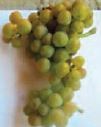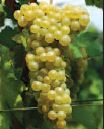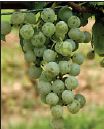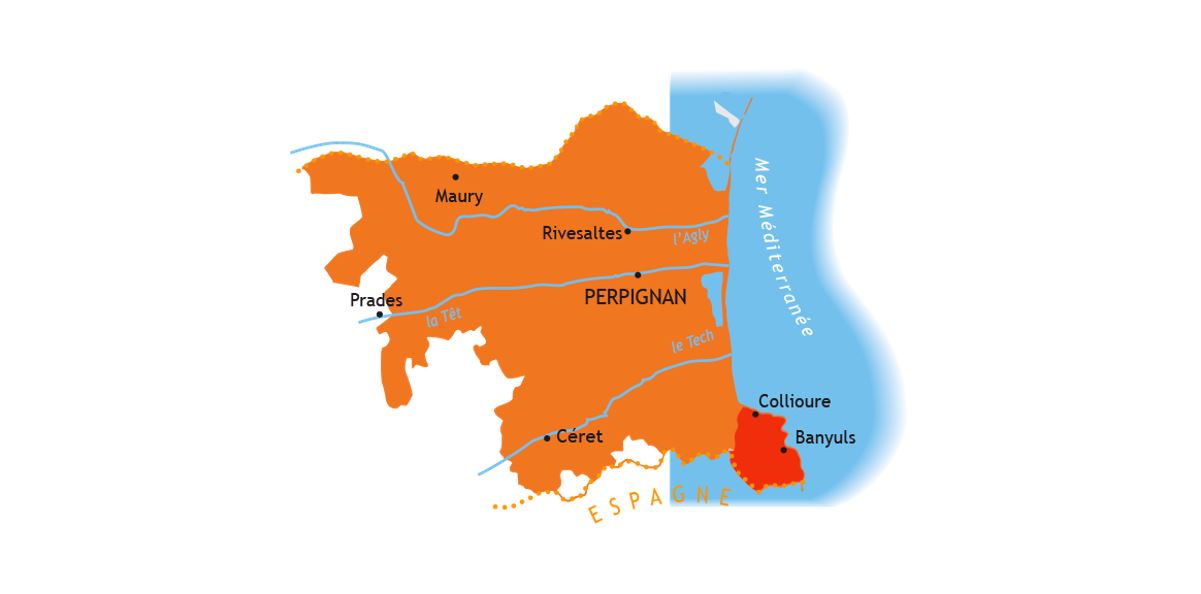Varieties added to the PGI Côtes Catalanes (and PGI Pays d’OC) requirements specifications from May 2020.
The IPG Côtes Catalanes requirement specification has been updated with the add of 5 grapes varieties which are cryptomatic-diseases tolerant; their name : Muscaris (white), grey Souvignier, Soreli (white), black Cabernet Cortis and white Cabernet.
The request made by the Union of Winemakers to the INAO (Institut National de l’Origine et de la Qualité) was based on both work and experimentations performed by the viticultural station of Tresserre, which is the research center of the CIVR (Conseil Interprofessionnel des Vins du Roussillon). The introduction of these varieties is part of the adaptation of our productions to the current environmental issues, with the aim to decrease of the numbers of treatments and of the quantities of products used.
These varieties have also been introduced in the IPG Pays d’Oc requirement specification as « innovating secondary varieties » (15% maximum of the blend).
What we know about these varieties
The viticultural station of Tresserre has been working on both agronomic and oenological evaluation of these cryptogamic disease-tolerant grapes varieties (to the Powdery Mildew and Downy Mildew) since 2009 with the planting of the Bouquet varieties.
Regarding the 5 grapes varieties introduced in the IGP requirement specification’s update, 3 of them have been planted in the area of the Eastern-Pyrenees into winemakers vineyards since 2014. They are the Muscaris, grey Souvignier and Cabernet Cortis. These plots have been studied since then in order to analyze their reaction to deseases and drought and they have been vinified starting their first harvest. Regarding to the Soreli and white Cabernet, we have very few or no local technical datas on these varieties. The white Cabernet is not planted in the area of the Eastern-Pyrenees and the Soreli is only planted in the viticultural station of Tresserre, within a collection of 23 grapes varieties tolerant planted in 2018.
On the basis of the first elements of the experimentations, here is a summary of what we currently know about the plots which have had from zero to two treatments :
The Muscaris

Origins: Germany
Parents: Solaris x Muscat Petits Grains
Year of creation: 1987
Phenology: ripeness monitored in the area of the Eastern-Pyrenees around August 15th .
Monitored yield: According the aridity of the soil, 6t to 12t/ha in 2019
Reaction to diseases: few symptomes of Downy Mildew, some symptoms of Powdery Mildew are regularly noted.
Organoleptic qualities: the Muscaris is characterised by floral notes (linden, verbena), menthol, fresh fruits, exotic fruits and grapefruit notes.
The grey Souvignier

Origins: Germany
Parents: Cabernet Sauvignon x Bronner
Year of creation: 1983
Phenology: ripeness monitored in the area of the Eastern-Pyrenees between August 20th to September 5th
Monitored yield: According the aridity of the soil, 6t to 13t/ha in 2019 Reaction to diseases : generally few symptoms of Downy Mildew but Powdery Mildew starts to appear on plots which have not been treated for several years.
Organoleptic qualities: the grey Souvignier is vegetal. Floral and freshness notes with the linden and verbena.
The Cabernet Cortis

Origins: Germany
Parents: Cabernet Sauvignon x Solaris
Year of creation: 1982
Phenology: ripeness monitored in the area of the Eastern-Pyrenees around September 10th
Monitored yield: 10t/ha in 2019
Reaction to diseases: some symptoms of Powdery Mildew and Downy Mildew are regularly noted.
Organoleptic qualities: the Cabernet Cortis is spicy and peppery but also green bell pepper, cherry, leather, smoked notes. A complex profile
The Soreli

Origins: Italy
Parents: Sauvignonnasse x Kozma 20-3.
Year of creation: 2002
Phenology: ripeness monitored in the area of Hérault around August 20th
Monitored yield: 9t/ha in 2019
Reaction to diseases: no local datas but high sensitivity to Black rot noticed in the area of Gard.
Organoleptic qualities: the Soreli, despite of the vegetal notes has a fresh fruits and exotic fruits signature. As with the Muscaris there is a menthol note.
The White Cabernet
source : « Guide technique les cépages résistants aux maladies cryptogamiques – Groupe ICV »

Origins: Germany
Parents: Cabernet Sauvignon x unknown
Year of creation: 1991
Phenology: no local data but ripeness monitored in Germany, Austria & Switzerland, between October 1st-15th
Monitored yield: no local data but 7,5t/ha
Reaction to diseases: no local data but equivalent sensibilities to the Downy Mildew and the Powdery Mildew
Organoleptic qualities: the white Cabernet shows vegetal notes, citrus and exotic fruits notes, with a good acidity, structure, “bitterness” and volume in the taste
For Sure, among these varieties, The Muscaris and the grey Souvignier are the most promising grape varieties!
Globally, we are facing varieties which have good capacity against Downy Mildew (that will have to be confirmed with the results of the 2020 campaign) and some various situations against Powdery Mildew. It is noticeable that these grapes varieties have not been selected for their abilities to resist to Black rot. Moreover we should notice that this database regarding the capabilities of these varieties against diseases comes from the plot which have had from zero to two treatment. We will more likely say that these grapes varieties are tolerant instead of being resistant to diseases.
Direct information from Julien Thiery, Head of the Viticultural Department, Chambre d’Agriculture des Pyrénées Orientales / Viticultural station of Tresserre





